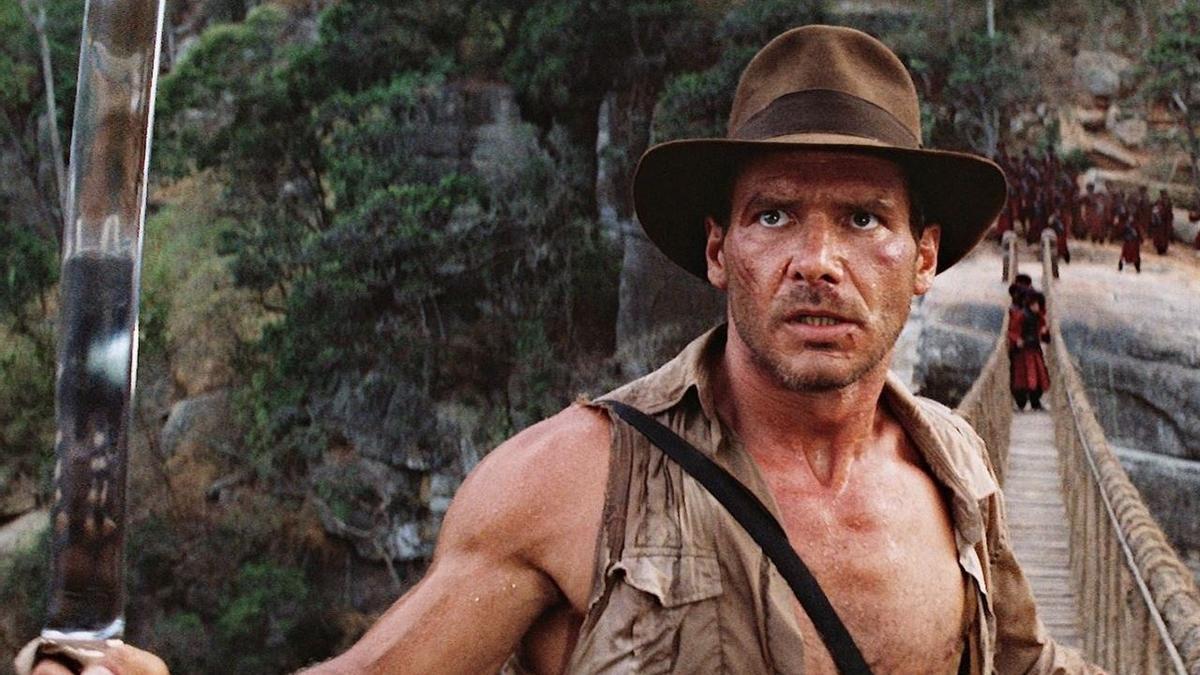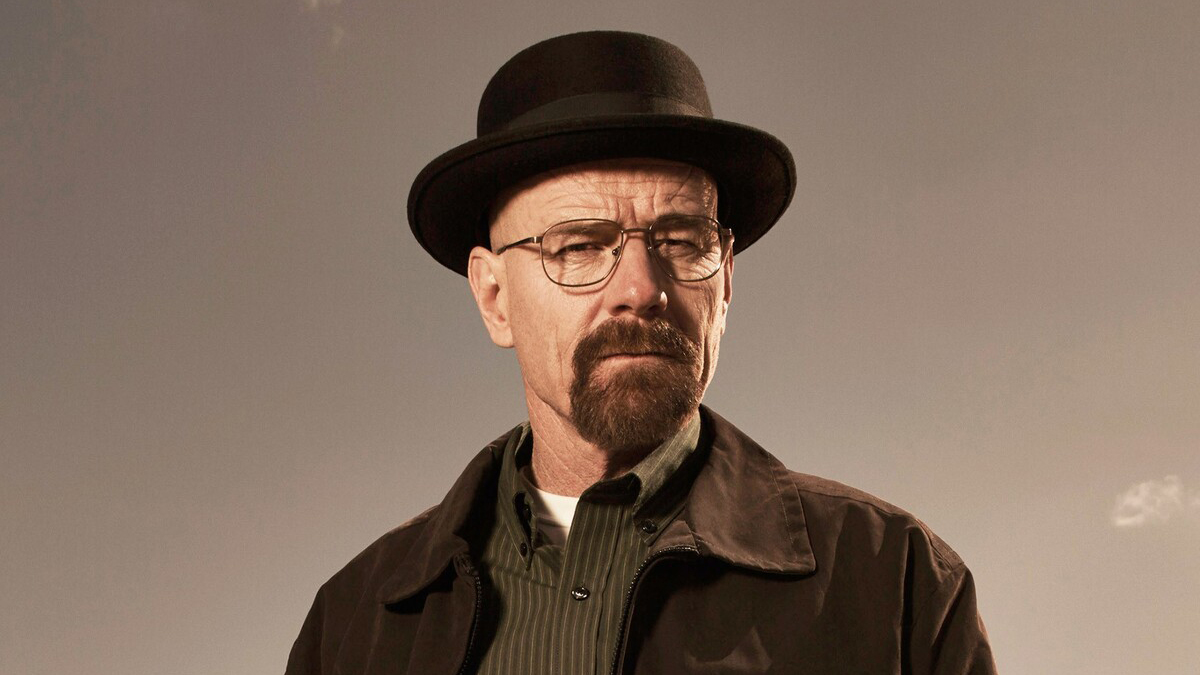The Iconic Hats of Cinema:
How Headwear Shapes
Characters and Stories in Film
Hats have long played a significant role in pop culture, transcending their function as mere fashion accessories to become powerful symbols in cinema. From defining a character's identity to enhancing the narrative, hats have cemented their place in the history of popular culture. This article explores how hats have shaped characters and narratives in film and music, highlighting their lasting influence on popular culture. You can learn more about the stylization of hats of different models in the amberhats blog.
Section 1: The Fedora Hat Effect in Movies
The fedora hat first gained prominence in Victorien Sardou's 1889 play, Fédora. Its stylish design quickly captured the public's imagination, transforming it into a cultural symbol. The fedora's journey from the stage to the silver screen cemented its place as an iconic accessory, contributing to its enduring appeal.
Indiana Jones
Harrison Ford’s portrayal of Indiana Jones brought the fedora back into the limelight. The hat became synonymous with the adventurous archaeologist, symbolizing his daring and fearless spirit. The fedora's role in defining Indiana Jones’ persona cannot be overstated; it is as much a part of his character as his whip and leather jacket.
Casablanca
In Casablanca, Humphrey Bogart’s portrayal of Rick Blaine is immortalized by his trench coat and fedora ensemble. The hat enhances the film's noir aesthetic, contributing to its timeless legacy. Bogart's fedora symbolizes his character's enigmatic and stoic nature, adding depth to his portrayal.
Section 2: The Pork Pie Hat in Cinema
The pork pie hat, with its distinct flat top and short brim, has carved out a unique place in film history. Its stylish appeal and symbolic meanings have made it a favorite among filmmakers.
The French Connection
Gene Hackman's detective look in The French Connection is incomplete without his pork pie hat. The hat defines his character, giving him a rugged and unorthodox appearance that complements his gritty persona.
Breaking Bad
In Breaking Bad, the pork pie hat becomes a symbol of Walter White's transformation. As he adopts the moniker "Heisenberg," the hat signifies his descent into the criminal underworld, marking his darker alter ego.
Section 3: The Newsboy Cap Phenomenon
The newsboy cap has experienced a resurgence in modern-day cinema, thanks to its inclusion in popular TV series and films. This hat, once associated with newspaper boys, has been reintroduced into contemporary fashion with a fresh appeal.
Peaky Blinders
In Peaky Blinders, the newsboy cap is integral to the series' visual style and historical authenticity. The cap, often adorned with razor blades, becomes a symbol of the gritty, gangster life portrayed in the show.
The Great Gatsby
The Great Gatsby showcases a variety of period-specific headwear, including the newsboy cap. Tobey Maguire’s portrayal of Nick Carraway often features this hat, adding to the film’s nostalgic charm and historical accuracy.
Section 4: Cowboy Hats and the Wild West Spirit
The cowboy hat embodies the spirit of the Wild West and has become a staple in Western films. Its rugged design and practical use made it a favorite among cowboys, both real and fictional.
Rio Bravo
In Rio Bravo, Sheriff John T. Chance, played by John Wayne, is rarely seen without his cowboy hat. The hat reinforces his authoritative presence and rugged character, solidifying his on-screen persona.
Brokeback Mountain
Brokeback Mountain features cowboy hats prominently, symbolizing the complex identities of Heath Ledger and Jake Gyllenhaal’s characters. The hats add layers of authenticity and emotion to their portrayal, reflecting their struggles and connections.
Section 5: The Timeless Bowler Hat
The bowler hat has maintained its charm and elegance throughout cinematic history. Its distinctive shape and classic design have made it a timeless accessory.
Charlie Chaplin
Charlie Chaplin’s comedic persona is incomplete without his bowler hat. The hat is an integral part of his iconic character, adding to his unique charm and enduring legacy in film history.
Section 6: Celebrating Powerful Women and Their Iconic Hats in Movies
Women’s hats have also played a significant role in shaping characters and narratives in films. These accessories often symbolize transformation, elegance, and empowerment.
Audrey Hepburn in Funny Face
Audrey Hepburn’s whimsical and elegant straw hat in Funny Face symbolizes her character's transformation and sophistication. The hat adds to her charm and elegance, making her portrayal unforgettable.
Faye Dunaway in Bonnie and Clyde
Faye Dunaway’s beret in Bonnie and Clyde epitomizes rebellious sophistication. The hat enhances her character’s stylish defiance and contributes to the film's iconic status.
Grace Kelly in To Catch a Thief
Grace Kelly’s sun hat in To Catch a Thief exudes timeless elegance. The hat complements her on-screen charm, making her portrayal of Frances Stevens even more captivating.
Anne Hathaway in The Devil Wears Prada
Anne Hathaway’s tweed cap in The Devil Wears Prada illustrates her character's growth and newfound confidence. The hat signifies her transformation from an unsure assistant to a confident fashionista.
Julia Roberts in Pretty Woman
Julia Roberts’ straw hat in Pretty Woman symbolizes her character’s journey from a streetwise woman to a refined lady. The hat marks significant moments in her transformation, adding depth to her character arc.
Hats have had an enduring influence in film and popular culture, serving as powerful narrative tools and style statements. They have defined characters, enhanced storytelling, and left a lasting impact on fashion and cinema.
Reflect on your favorite iconic hat moments in cinema. Hats have evolved into symbols of individuality and cultural influence, continuing to shape fashion and storytelling in powerful ways.
